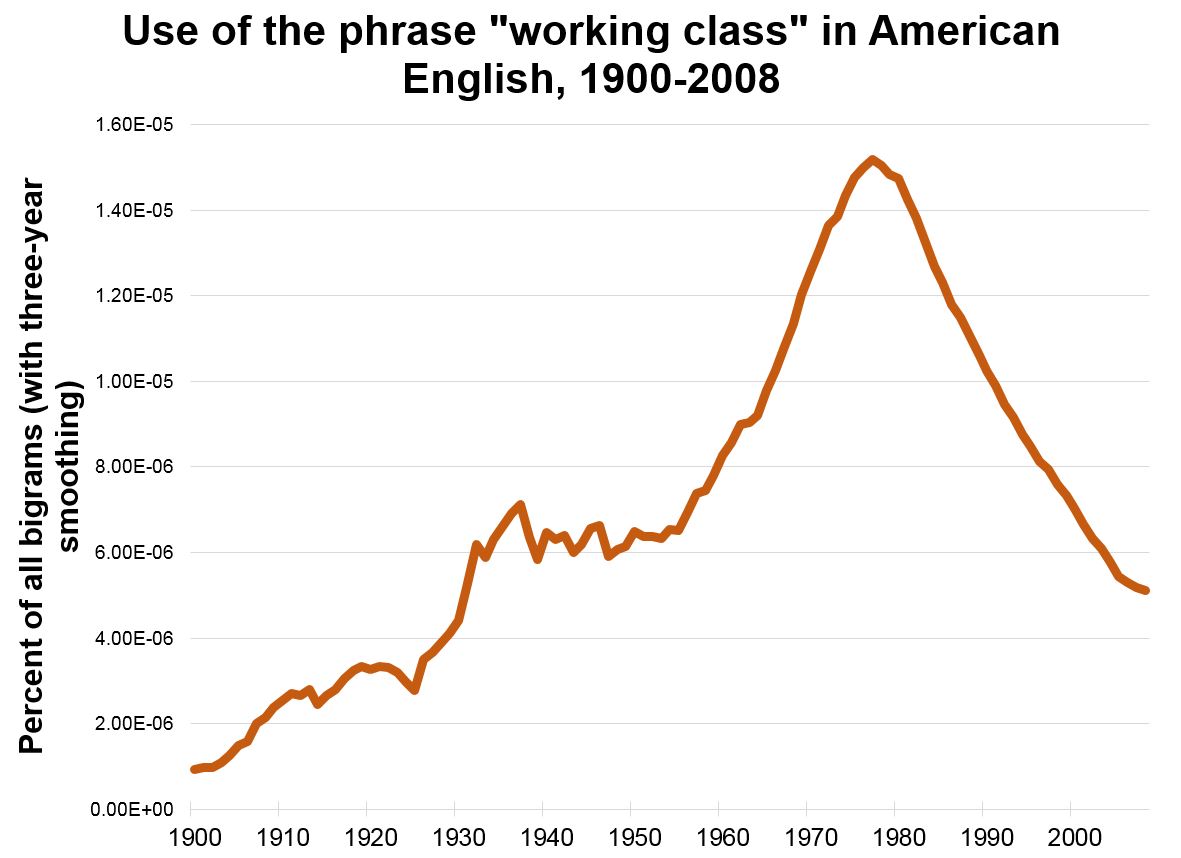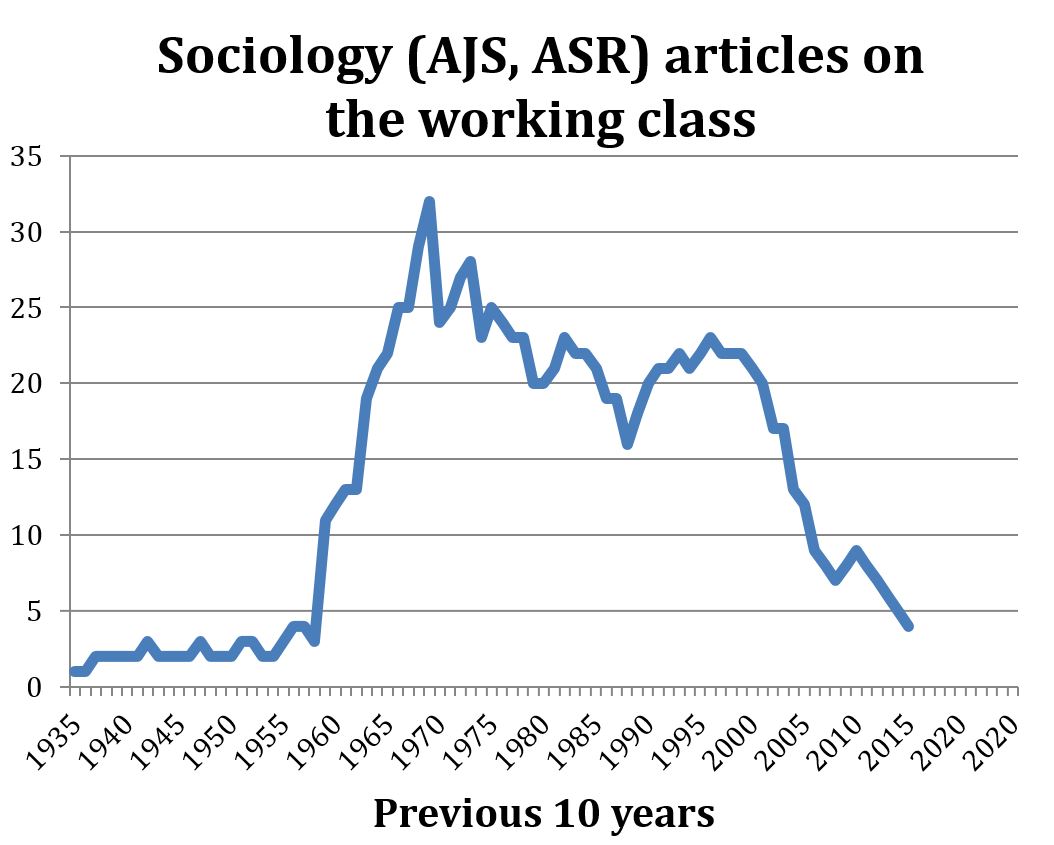The 2017 Women’s March was a historic event. Social media alone gave many of us the notion that something happened on an incredibly grand scale. But measuring just how “grand” is an inexact science. Women’s Marches were held around the world in protest of Trump on the day following his inauguration. Subsequently, lots of folks have tried to find good ways of counting the crowds. Photos and videos of the crowds at some of the largest marches are truly awe-inspiring. And the media have gotten stirred up attempting to quantify just how big this march really was.
Think about it. The image below is taken of some of the crowds in Los Angeles. The caption Getty Images associates with the image includes the estimate “Hundreds of thousands of protesters…” But, was it 200,000? Or was it more like 900,000? Do you think you could eyeball it and make an educated guess? We’d bet you’d be off by more than you think. Previous research has found, for instance, that march participants and organizers are not always the best source of information for how large a protest was. If you’re there and you’re asked how many people were there, you’re much more likely to exaggerate the number of people who were actually there with you. And that fact has spawned wildly variable estimates for marches around the U.S. and beyond.
More than one set of estimates exist attempting to figure this out. The estimates that have garnered the most media attention (deservedly) are those produced by Jeremy Pressman and Erica Chenoweth. They collected as many estimates as they could for marches all around the world to try to figure out just how large the protest was on a global scale. Pressman & Chenoweth collected a range of estimates, and in their data set they classify them by source as well as providing the lowest and highest estimates for each of the marches for which they were able to collect data. You can see and interact with those estimates visually below in a map produced by Eric Compas (though some updates were made in the data set after Compas produced the map).
By Pressman & Chenoweth’s estimates, the total number of marchers in the U.S. was between 3,266,829 and 5,246,321 participants. When they include marches outside the U.S. as well they found that we can add between 266,532 and 357,071 marchers to that number to understand the scale of the protest on an international scale. That is truly extraordinary. But, the range is still gigantic. The difference between their lowest and highest estimate is around 2.1 million people! Might it be possible to figure out which of these estimates are better estimates of crowd size than others?
Nate Silver at FiveThirtyEight.com tried to figure this out in an interesting way. They only attempted to answer this question for U.S. marches alone. And Silver and a collection of his statistical team produced their own data set of U.S. marches. They collected as many crowd estimates as they could for all of the marches held in the U.S. And there are lots of holes in their data that Pressman and Chenoweth filled. March organizers collect information about crowd size and are eager to claim every individual who can be claimed to have been present. But, local officials estimate crowd sizes as well because it helps to give them a sense of what they will need to prepare for and respond to such crowds. As a part of this, some marches had estimates from march organizers, news sources, official estimates, as well as estimates from non-partisan experts (so-called crowd scientists)–this is especially true of the larger marches. Examining their data, they discovered that for every march in which they had both organizer and official estimates, the organizers’ estimate was 50-70% higher than the officials’ estimates. As Silver wrote: “Or put another way, the estimates produced by organizers probably exaggerated crowd sizes by 40 percent to 100 percent, depending on the city” (here). The estimates Silver produced at FiveThirtyEight are mapped below.
You can interact with the map to see Nate Silver’s team estimate, but also the various estimates on which that estimate is based. And you may note that the low and high estimates are often the same for Silver and for Pressman & Chenoweth (though not always). Additionally, there were a good number of marches in FiveThirtyEight’s data set that lacked any estimates at all. And those marches are not visible on the map above. Just to consider some of what is missing, you might note that there are no marches on the map immediately above in Puerto Rico, though Silver’s data set includes four marches there–all with no estimates.
Interestingly, Silver took a further step of offering a “best guess” based on patterned differences between types of estimates they found for marches for which they had more than a single source of data (more than one estimate). For instance, where there were only organizers’ estimates, they discounted that estimate by 40%, assuming that it was exaggerated. They discounted news estimates by 20% for similar reasons. Sometimes, non-partisan experts relying on photographs and videos provide estimates were available, which were not discounted (similar to official estimates).
It might be possible then, as Pressman & Chenoweth collected many more estimates, to fine-tune Silver’s formula and possibly come up with an even more accurate estimate of crowd sizes at marches around the world based on the source of the estimate. It’s a fascinating puzzle and a really interesting and simple way of considering how to resolve it with a (likely) conservative measure.
By these (likely conservative) estimates, marches in the U.S. alone drew more than 3,000,000 people across hundreds of separate locations across the nation. In the U.S. alone, FiveThirtyEight estimated that 3,234,343 people participated (though, as we said, some marches simply lacked any source of data in the data set they produced). And that number, you might note, is strikingly close to Pressman & Chenoweth’s low estimate for the U.S. (3,266,829). Even by this conservative estimate, this would qualify the 2017 Women’s March as certainly among the largest mass protests in U.S. history. It may very well have been the largest mass protest in American history. And in our book, that’s worth counting.
Tara Leigh Tober, PhD is a Lecturer in the Sociology Department at the University of California, Santa Barbara. She studies the sociology of memory, is writing a book on how the Irish have remembered being neutral during WWII, and is presently engaged in a study on mass shootings in the U.S. You can follow her on Twitter here.
Tristan Bridges, PhD is a professor at the University of California, Santa Barbara. He is the co-editor of Exploring Masculinities: Identity, Inequality, Inequality, and Change with C.J. Pascoe and studies gender and sexual identity and inequality. You can follow him on Twitter here. Tristan also blogs regularly at Inequality by (Interior) Design.



 Recently Nadya Tolokonnikova was
Recently Nadya Tolokonnikova was 



